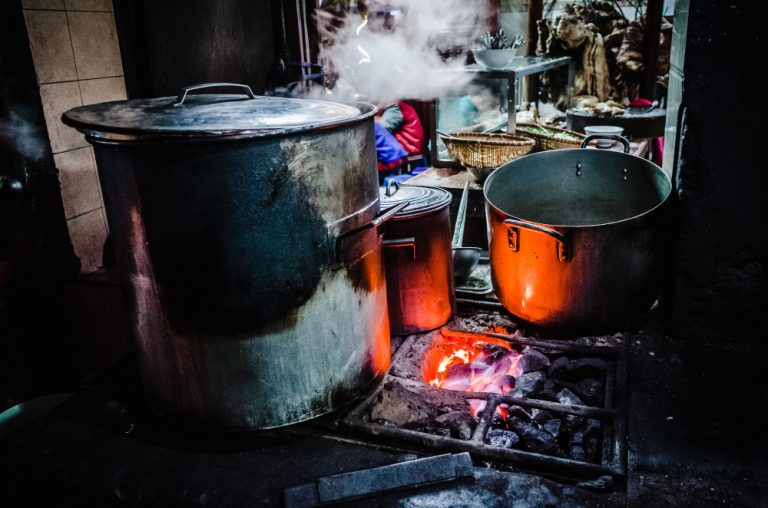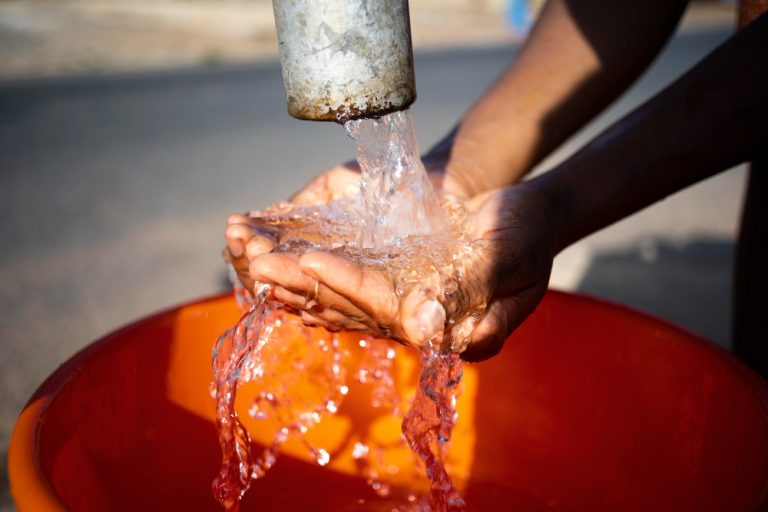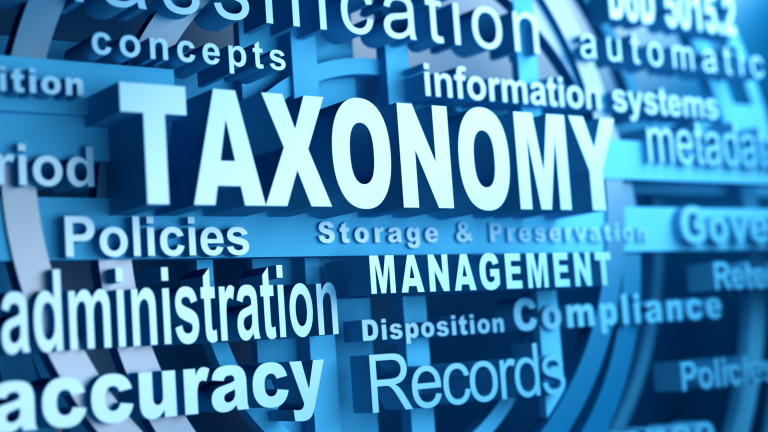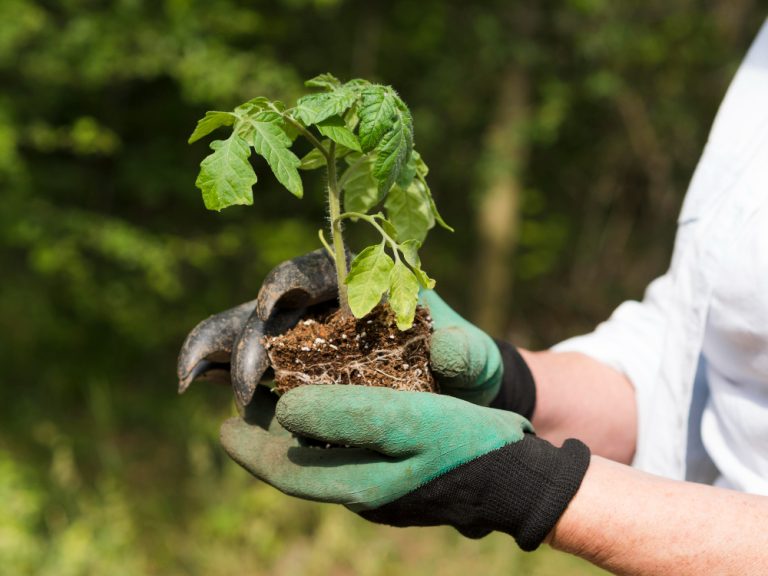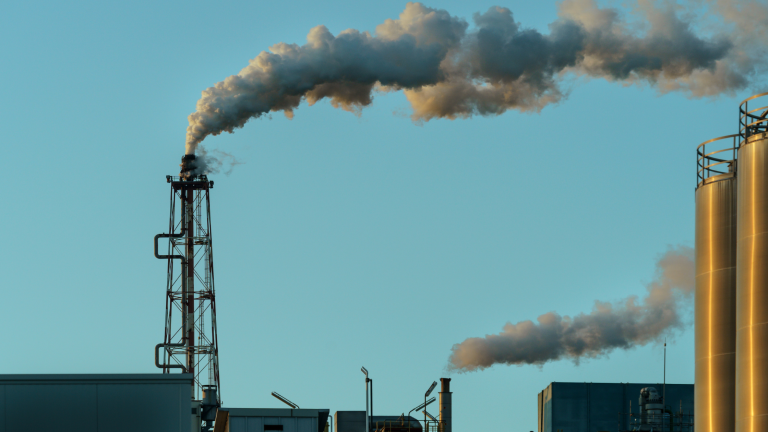Africa’s energy future is being reimagined through a historic $40 billion commitment, announced at the Mission 300 Africa Energy Summit in Dar es Salaam. The Africa Energy Fund, backed by leading global institutions, is designed to connect 300 million people to cleaner, more reliable energy by 2030. While headlines often focus on electrification, this fund carries deeper implications, especially for clean cooking solutions—an area that has long been marginalized in energy conversations, despite its urgent and far-reaching consequences.
In kitchens across Africa, the daily act of cooking remains a source of danger, drudgery, and environmental strain. More than 900 million people still rely on wood, charcoal, and other traditional biomass fuels to prepare meals. For most, it is not a preference but a necessity shaped by poverty and limited options. The toll of this dependence is devastating. Every year, over 600,000 people—mostly women and children—die prematurely due to exposure to toxic smoke from cooking fires. The air pollution generated inside homes is among the deadliest forms of pollution in the world, yet it rarely makes front-page news.
The ripple effects go beyond health. Forests are being cleared at alarming rates to meet the demand for firewood and charcoal, worsening deforestation and undermining climate resilience. Meanwhile, the burden of collecting firewood often falls on women and girls, who spend hours walking long distances, sacrificing education and livelihood opportunities. This quiet crisis is playing out in millions of homes every day. Yet, the solutions are within reach. Clean cooking technologies—whether through liquefied petroleum gas, electric stoves, ethanol, or efficient biomass stoves—can transform lives. But they need financing, infrastructure, and political will to scale.
The launch of the Africa Energy Fund brings a renewed sense of possibility. With the World Bank pledging $22 billion, the African Development Bank committing $18.2 billion, and additional support from the Islamic Development Bank and the OPEC Fund, the level of backing is unprecedented. This fund is not just about lighting up homes and powering businesses; it is about empowering communities with safe, dignified, and climate-friendly ways of living. By explicitly recognizing the importance of clean cooking in Africa’s energy transition, the fund marks a shift in how energy access is being framed. It signals that clean cooking is no longer a side issue—it is central to health, development, and environmental justice.
Across the continent, some countries have already begun to integrate clean cooking into their national energy strategies, offering blueprints for others to follow. Kenya, for example, has set a bold target of universal clean cooking access by 2028. Its approach blends public sector policy with private investment, expanding LPG usage, supporting electric cooking, and investing in bioethanol alternatives. The government’s decision to subsidize LPG and strengthen infrastructure has significantly improved adoption rates, particularly in urban and peri-urban areas. In Tanzania, clean cooking is now part of the national electrification plan, with a dedicated strategy guiding efforts to reach rural households. Ghana has taken a different route, focusing on improving the affordability of LPG, raising awareness of the health risks of biomass, and encouraging local production of stoves and alternative fuels.
These are not isolated efforts; they are signs of a continent waking up to the importance of sustainable cooking. But while leadership and innovation are growing, funding remains a major constraint. This is where African Energy Week 2025 in Cape Town will play a crucial role. The event, already established as a hub for deal-making and energy dialogue, offers a timely opportunity to bring clean cooking to the forefront of Africa’s investment agenda. Delegates will engage in conversations on how to unlock financing for clean cooking through public-private partnerships, carbon credits, and blended finance. There will be dialogue on integrating cooking into broader energy access strategies, replicating successful models across borders, and scaling local innovations that work.
More than ever before, there is alignment between the need, the solutions, and the capital. The challenge now is speed and coordination. Clean cooking interventions are among the most cost-effective ways to deliver impact. They reduce healthcare costs, increase productivity, improve school attendance, and advance gender equality. They also help countries meet their climate targets under the Paris Agreement and move closer to achieving the Sustainable Development Goals, particularly the promise of universal access to affordable and clean energy by 2030.
The $40 billion fund represents more than money—it is a moment of clarity. It is a chance to correct the imbalance that has seen clean cooking remain underfunded and undervalued for decades. If directed wisely, it could trigger a wave of transformation that reaches even the most remote corners of the continent. Africa’s energy transition must be bold and inclusive. It must light homes and kitchens, power dreams and industries, and do so in a way that safeguards the planet. As the continent gathers for AEW 2025, the question is not whether clean cooking should be prioritized—but how fast we can act to make it a reality for every African household.


